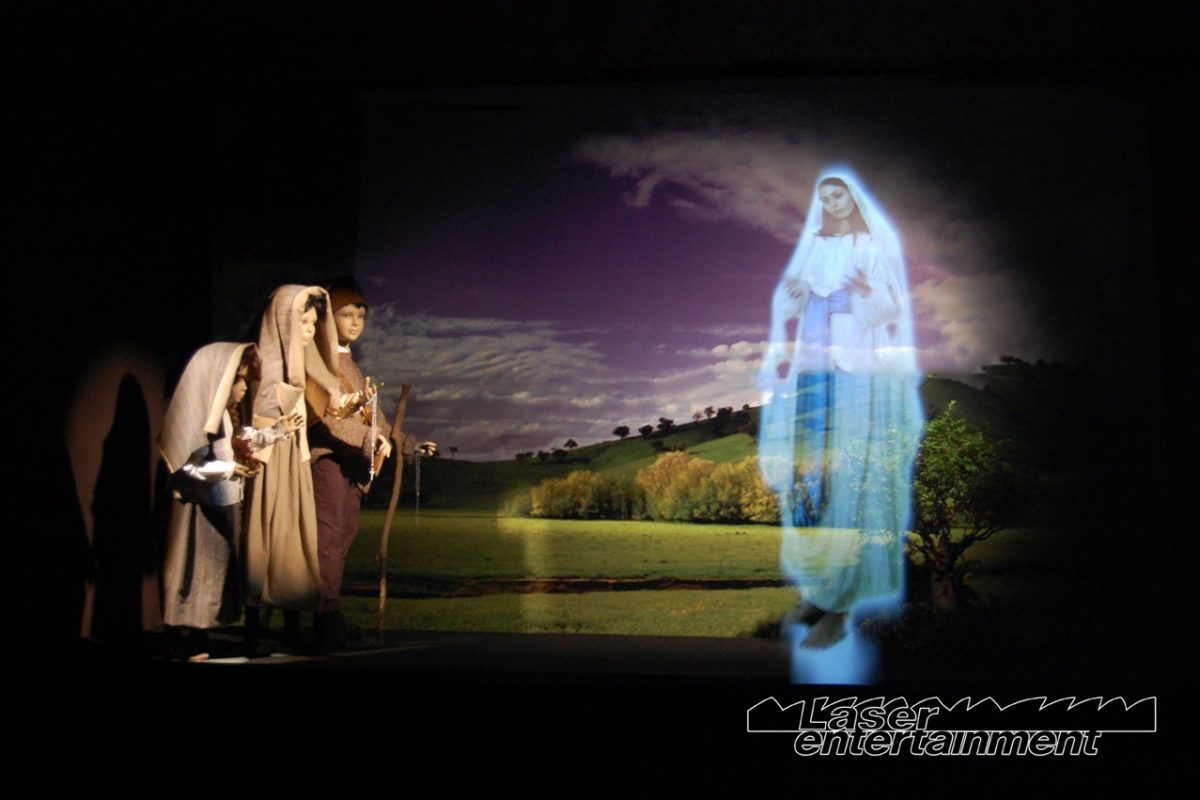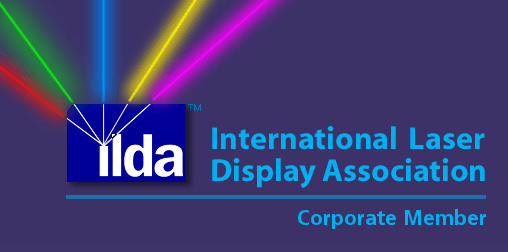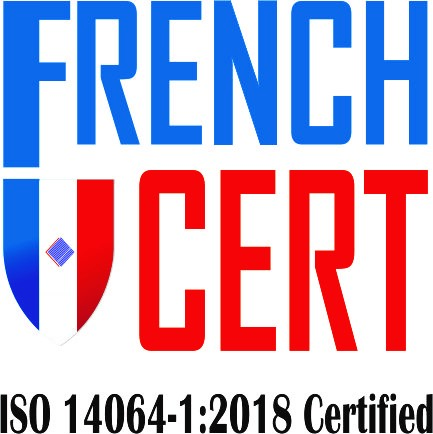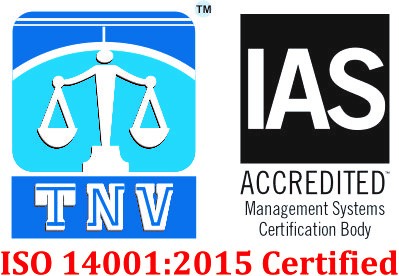It’s a fairly complex subject with unclear potential, often because we talk about holograms or holographic effects that create false expectations in a customer.
Over time we have realized several holographic effects for events, but the times we’ve been asked for a “holographic effect” with expectations outside of reality are many.
Something like:
…” Yes, our logo appears on the screen does animation and at some point…it comes off and begins to twirl around the theatre!”…
…Do you project on any kind of material?
-no, it depends on the material, and if it’s something special we should try it.
…we’d like to project on nothing!
…And then, in the middle of the stand, a hostess appears with our product! Can you run it depending on where people are?
…And can you project my logo there?! (pointing to an unspecified spot in the mist)
-Where? It’s a bit dark and I don’t see well…
-There is nothing! So you can see it better!
Very often it is possible to catch anomalies in the progress, but sometimes it is too late…
Customer in the showroom, that together with the agency that sold the project, looks at the holographic effect… The face of the agency changing expression from minute to minute, and discreetly approaches me:
-Yeah, well, when does it get out?
-Who? (hoping he did not mean the projection)
-The hologram!
…He came out at the end (from the project)
Okay, so what can you really propose and what should you be careful about?
Let’s say that after you’ve taken the words “hover” and “suspended” from the vocabulary, at least for the duration of the presentation to the customer, you still have a good range of spectacular solutions to propose.
The main techniques that we can use are 2, through the use of a film at 45 degrees (similar to the old Pepper Ghost effect) or alternatively with a peculiar special gauze screen with a metal coating.
The first is very cumbersome (obviously if you want a good result). Allows you to view the effect from the front position, and is mostly suitable for concerts, museums, fair booths, theatres, where several days are available for assembly and testing.
Clearly, we are talking about budgets that are quite sustained, since the film costs a few thousand euros per square meter, and is basically disposable..
As well as disposable is also very delicate and must be placed on special frames to be able to stretch and pull as much as possible, to have an acceptable effect.
The projectors to be used must be at least Full HD or 4K and very powerful…otherwise, the effect will not seem real but semi-transparent, nullifying all efforts.

Example of holographic projection with film
The second is relatively simpler, is always based on screen projection and surrounding light control but the whole thing is developed with a particular screen instead of film, that “disappears” in certain conditions.
It is certainly the lightest choice both in terms of budget and in terms of commitment to the preparation, but the effect that you can achieve, if it is carefully studied, is still very impactful.
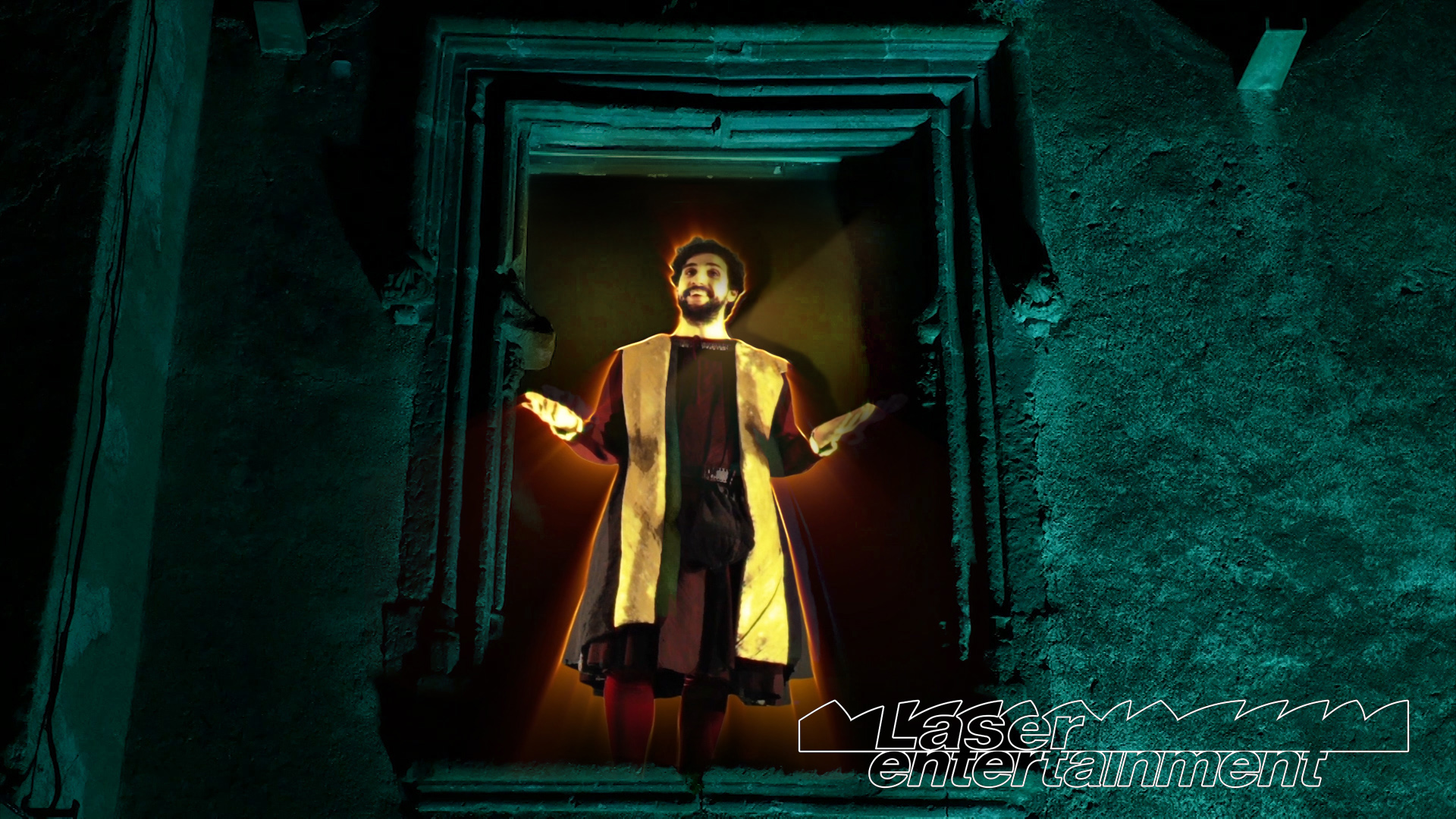
Hologram for Show at Villa Rufolo
Summing up:
- the current technology is still very far from the “Princess Leia” effect of Star Wars, and as a result, no holographic characters jumping around the room.
- the effect needs large technical spaces and a long installation time to be realized so that we can control both the point of view of people and the degree and type of lighting.
- the budget cannot be “small”. We must take into account that the material is special, the film even disposable and long installation times, ensure that the final bill is not the same as a traditional installation with a video projector and a screen.




